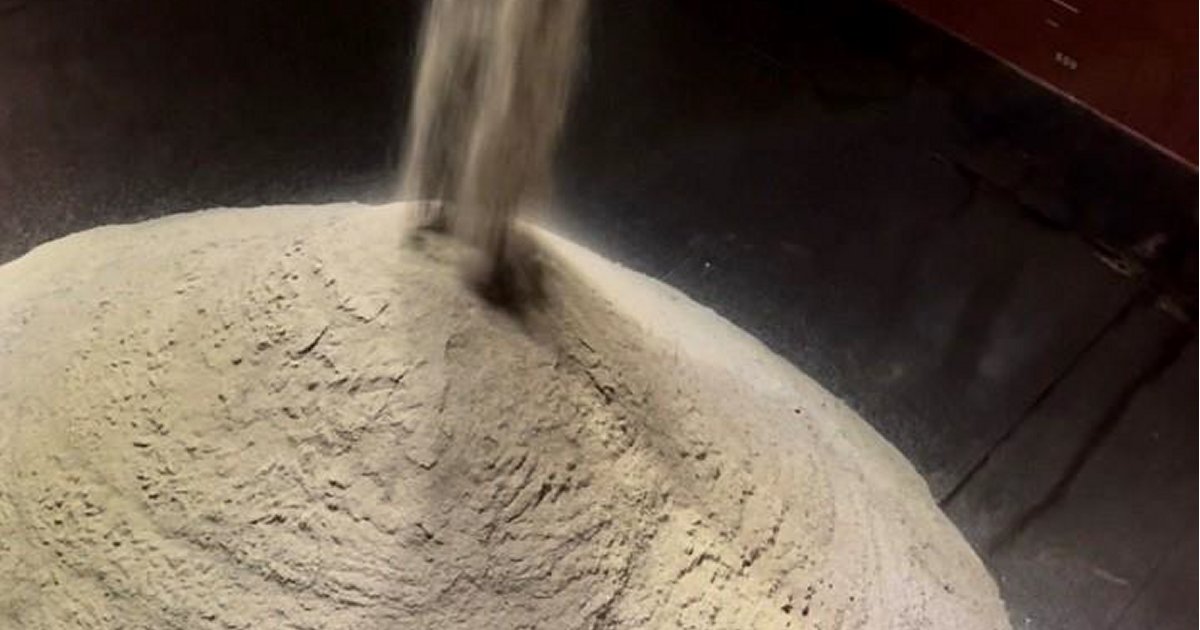The first lithium product from Core Lithium’s Finniss mine in the Northern Territory should soon be making its way into EV and other batteries.
Adelaide headquartered Core Lithium became the first producer in the Northern Territory after the NT Government awarded the Territory’s first-ever lithium mineral lease to the firm back in 2019. Construction at the Finniss Lithium Project site, situated near Darwin, kicked off in October 2021 and the facility was officially opened in October 2022.
Crushing of lithium ore commenced on 9 November 2022 and the first load was trucked from the site a couple of days later. Core expected to be shipping lithium overseas by the end of 2022 and it will be pretty close to the mark.
Loading of the first export shipment of product into the freighter Rossana was under way on Friday – 15,000 dry metric tonnes (dmt) of 1.4% Li2O Direct Shipping Ore (DSO). This shipment was sold in early October to “several pre-screened participants” for US$ 951/dmt; making the sale worth US$ 14,265,000 (around AUD$ 22.1 million at the time).
NT “The Place To Be”
Beyond the bucks is the prestige associated with this shipment.
“This a major milestone not only for Core Lithium, but for the renewable and critical minerals industry,” said NT Chief Minister Natasha Fyles. “Today’s achievement is proof the Northern Territory is the place to be when it comes to opportunities for a greener future and a stronger economy.”
NT Minister for Mining and Industry Nicole Manison said the event was testament to the Territory’s logistics chains and infrastructure networks, with a port that is the gateway to Asia.
Electric Vehicles Powered By NT Lithium
The first load of lithium will be heading for Fangcheng, China; which is a shipping distance of around 3,300 nautical miles from Darwin. According to the NT Government, it will be used in the manufacture of batteries for electric vehicles and renewable energy storage.
A report from KPMG in November indicated global production of lithium carbonate equivalent of around 550kt (kilotonnes – 550,000 tonnes), and that is forecast to rise to 1,000kt (1,000,000 tonnes) by 2024. It’s a lot of lithium, and it will all be needed given the pace of the battery energy storage revolution.
There’s no shortage of takers for lithium from Core’s Northern Territory operation. In October last year, Core CEO Gareth Manderson noted the first four years of production from the Finniss Lithium Project was already secured with approximately 80% sold to offtake partners – among them, Ganfeng Lithium, Sichuan Yahua and Tesla.
“Core has made good progress during 2022 to transition from a mine developer to lithium producer,” said Mr. Manderson on Friday. “In 2023 we will continue this transition and the work required to build a quality operating business.”
The sale associated with this shipment has enabled Core to commission all logistics processes and put procedures in place between the Finniss mine site and Darwin Port in advance of the company commencing spodumene concentrate production in the first half of this year.


 RSS - Posts
RSS - Posts



While good to see Australia diversifying its exports, based on economy articles elsewhere, relying on China to buy is dangerous. How global is the demand?